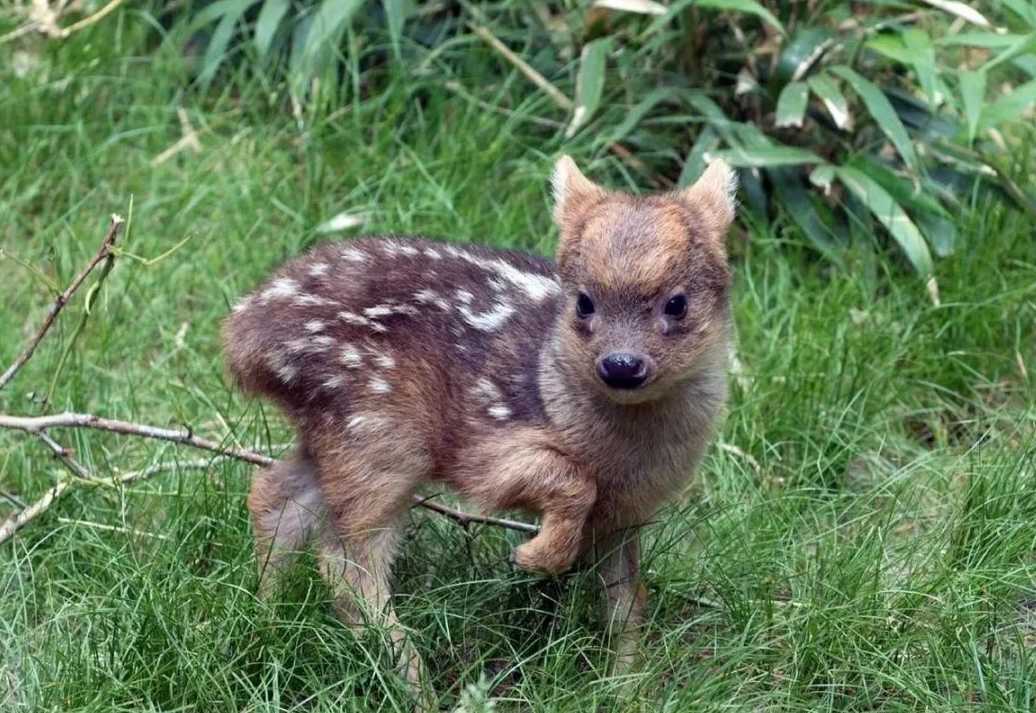The platypus looks like nature’s frankenstein experiment," quips evolutionary biologist Dr. Jane Phillips. "A duck’s bill, mole’s legs, otter’s body, and beaver’s tail—Darwin himself reportedly struggled to make sense of it." This patchwork anatomy isn’t random: the leathery bill houses electroreceptors for detecting prey, webbed feet aid swimming, and the flat tail stores fat. Yet its appearance—with a bill that seems glued on and fur that repels water—has earned it a reputation as evolution’s most "haphazard" creation.
Endemic to eastern Australia, the platypus thrives in freshwater rivers but faces threats from habitat loss. "It’s a living fossil that challenges everything we thought we knew about mammal evolution," says ecologist Dr. Michael Archer. "In a world of specialized species, the platypus stands as a testament to nature’s willingness to experiment—even if that experiment looks like a mishmash of borrowed body parts. For Australians, this 'scruffy scientist’ of the animal kingdom is both a biological enigma and a beloved national icon."








